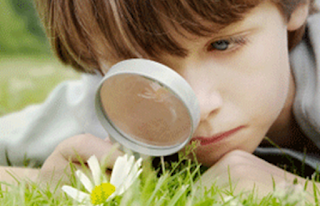| The Institute holds training sessions and workshops Image courtesy of South London Botanical Institute |
Have you ever visited the South London Botanical Institute?
This "hidden little gem of Tulse Hill" houses a herbarium, a library and a small but exquisite botanic garden, but I wonder how many people know it's there or have any idea how or why - or by whom - it was founded.
That's all about to change - in tomorrow's episode of 'Natural History Heroes' on BBC Radio 4, we should all find out about the life of Allan Octavian Hume, botanist and ornithologist, who founded the South London Botanical Institute in 1910.
 |
| The garden at SLBI Image courtesy of South London Botanical Institute |
Roy Vickery was interviewed for the programme which goes out live at 1.45 tomorrow and should be available on iPlayer here soon after. Roy is a botanist at the Natural History Museum and, until recently, was BSBI Vice-President.
Roy told me "Although the programme will concentrate on Hume's ornithological activities in India, it will also include an interview with me about Hume's botanical collecting in the U.K. and his work as founder of the South London Botanical Institute.
"I took the BBC interviewer around the Institute and told her how Hume set it up in 1910 because he thought it would be good for South London people to know more about plants; possibly this would discourage drunkenness. I showed her the herbarium, library and garden and talked about how Hume hoped this would achieve his goals".
| Getting creative in the library at Tulse Hill Image courtesy of South London Botanical Institute |
The herbarium, library and garden are still available today for the good people of South London and beyond to enjoy.
Find out more here.
Find out more here.
If you are in the area, why not drop in and send us a report?
Do remember to tell us whether or not your visit to the South London Botanical Institute discouraged you from drunkenness...


















